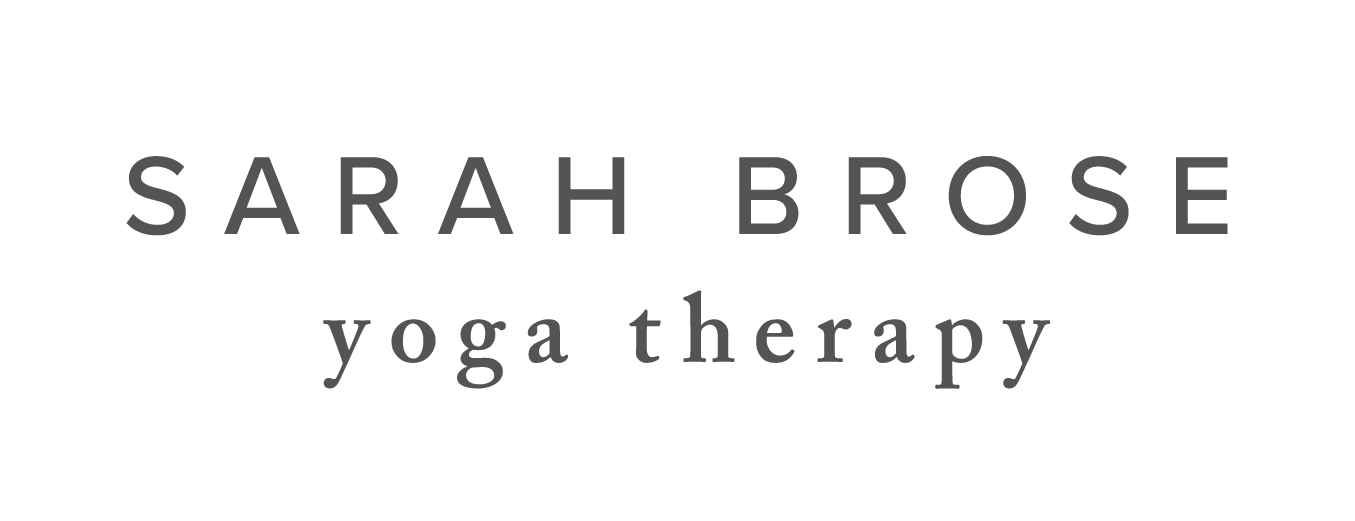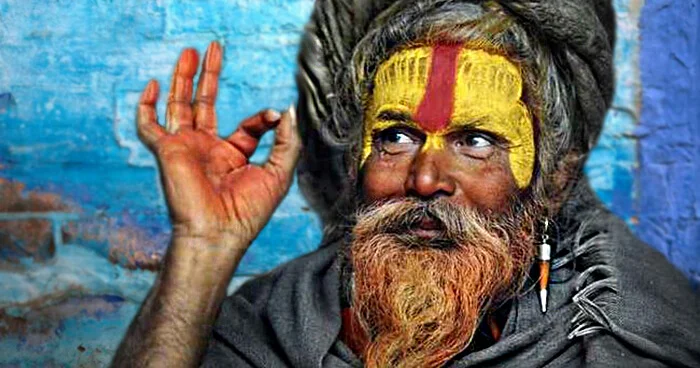Yoga Nidra: Awakening the Creativity Within
In theatre school, one of my most memorable professors was my voice teacher, Mr. S. I thought of him as a dinosaur, slightly because of his curved spine and his hooked nose and the way his voice shook the ceiling fan, but mostly because his mind seemed to go back to the beginning of time. I remember the day he shared with us his morning routine:
Wake up.
Pee.
Walk to the desk and turn on the kettle (a permanent fixture on his desk, naturally).
Make a cup of tea.
Pick up a writing utensil.
Pour out the contents of last night’s dreams.
He described how his dreamworld made up his entire storehouse of imagery. With a sparkle in his eye, as if he were revealing his most hidden super-power, he described how after practicing this ritual for over 20 years, he was able to access this infinite storehouse with utmost ease. I imagined him, part dinosaur, part deep-water whale, diving down into the depths of his technicolour ocean, pulling up the most unique storylines, visualizations and characters.
Mr.S’s morning routine really stuck with me. Since, I’ve experienced a desire to explore how to dive like a deep water whale into my own creative waters. While I’ve explored dream-journaling on and off for many moons now, along the way I’ve paused to wonder:
Is access to this creative storehouse only available through our dreams?
Struck by the contagiousness of Mr.S’s Spirit, I have also become curious about the connection between creativity and happiness:
What is the link between creative expression and our eyes sparkling?
As my yoga journey deepened, the answers revealed themselves through the discovery of Yoga Nidra.
Yoga Nidra is a systematic method of inducing complete physical, mental and emotional relaxation. Often termed “sleepless sleep,” because we learn to enter the state between sleep and wakefulness without loss of awareness. With the support of guided audio instruction, the practitioner is invited to bring awareness towards the more subtle dimensions of the mind, freeing up access to the inner chambers usually only available during dreams.
You may be wondering, “what are these ‘inner chambers?’ When you dive deep down, where are you going, Mr. S?
Dimensions of the Mind
Modern psychologists refer to the three dimensions of the mind as conscious, subconscious and unconscious. In the philosophies of Yoga, they are known as the gross, subtle and causal expressions of the human personality. Most of us spend the majority of our day operating from the linear dimensions of our conscious mind. While operating within this state, we are alert, focused and typically engaged in logic-based problem solving or decision making.
Thus, going within implies moving past the confines of the conscious mind into the deeper levels of awareness. Yoga Nidra is a vehicle which helps us do so. Through guided systematic relaxation, this ancient practice transports us into the recesses of our subconscious and unconscious dimensions.
Sounds wonderful and mysterious, doesn’t it? So how do we get there? Is there some kind of technique to diving?
Pratyahara: Creating the Conditions to Journey Inwards
Our subconscious and unconscious minds are operating all the time, even when we are awake. We are not often aware of this because, for most of us, the movement of the senses has been conditioned to flow outwards. Through ever-expanding technologies like iphones, facebook, instagram and netflix, society worldwide has made it easy to avoid turning our awareness inwards. We are constantly being invited to click, label, categorize, analyze and interpret through the processes of the intellectual mind every moment of every day.
In contrast, Yoga philosophy places great emphasis on cultivating the capacity to redirect our attention inwards, a practice known as “pratyahara.” In Sanskrit, pratyahara literally means “to draw towards the opposite.” Just like it is necessary for a turtle to draw in her head, tail and four limbs in order to (re)discover the incredible universe inside her shell, the ideal conditions for Yoga Nidra imply moving away from sensory stimuli that often overwhelm our awareness. Practice instructions invite the practitioner to lie in a comfortable position in a quiet, darkened room with eyes closed. In order to follow guided instruction, hearing is the only sense organ still used so to ensure that even as levels of deep relaxation are reached, the practitioner remains awake.
As soon as you detach attention from the external world, the consciousness and prana that was directed externally, now becomes redirected inwards towards the recesses of the subconscious and unconscious, the sources of our dreamworld. In his book “Yoga Nidra,” Saraswati describes how, “the dreams we have at night, are only a small part of this totality.” [1] Thus, by accessing this inner dimension, our whole creative storehouse deepens.
So we have a place inside us that’s even deeper than Mr. S’s dreamworld? Is it as deep as Mr. Dress-up’s tickle trunk?
The Subconscious and Unconscious: Our Inner Dimensions
Saraswati describes how, within the brain, there are millions and millions of impressions stored from past experience. He compares the brain to a camera which registers all that has been photographed. “In the same manner, every experience we undergo, consciously or unconsciously, is registered in the subconscious or unconscious layers of the mind, and in the course of time, it is turned into what we call an archetype. [1]
It seems natural, then, that as our creative storehouse deepens, the tools in which we have to communicate broaden. While words and concepts are the language of the conscious mind, the subconscious mind has a language of its own based on symbols, colours, sights and sounds. Consider images like:
A full moon.
A horse, running.
A shimmering temple.
A deer carcass being eaten by worms.
A baby, crying.
Notice the feelings that arise. Notice how a single image or picture can convey an experience which words alone cannot adequately express. In Yoga Nidra, a very specific sequence of guided imagery is used to evoke connection to the vast storehouse of archetypal imagery that lies within. From a yogic perspective, Saraswati describes how these archetypes, in themselves, are the sum total of each and every experience in life which we call karma. This is why the subconscious memory can be such a vast and efficient storehouse of our past [1].
Okay, but Mr.S, I still don’t understand why your eyes sparkle.
Linking Creativity and Happiness
Contemporary research shows how “our various states of consciousness are directly connected to the ever-changing electrical, chemical and architectural environment of the brain” [2]. Both modern scientists and yogis would agree that our daily behaviour and thought processes have the ability to alter brain structure, connectivity as well as the electrical activity in the mind (measured as brain waves).
The conscious mind, the part of the brain we spend most of our time operating from, is characterized by beta waves. Research reveals how experiences like depression and anxiety are strongly linked to the presence of these beta waves reflective of rigid “rut-like” thinking patterns central to these unhappy states [2]. Yoga Nidra transports a practitioner beyond the conscious mind into subtler levels of awareness. Scientists call this the “hypnogogic state.” Characterized by alpha brain waves, neuroscientists continue to make correlations between an increase in alpha waves and the ability to not only reduce depressive symptoms, but increase creative and visionary states. [2]
Thus, the link between creativity and eye-sparkling happiness is made.
As Mr.S described, the more and more time he spent recalling his dreams, the easier it was to do so. As we grow in awareness, more and more of the subconscious and unconscious material of the mind is awakened, released and integrated into consciousness. Saraswati describes this as “the dawning of creative imagination as distinct from the usual processes of daydreaming and sleeping” [1]. With practice, we can learn to sustain these illuminated states for longer and longer periods. From a scientific perspective, we are learning how to change the beta dominance in the brain and extend periods of time in an alpha-wave brain state.
Consider the last few times you listened to a friend or family member recall their dream to you. How often was your response, “that’s so crazy!” or “wowww, that’s so weeeird" or "bizarre" or "peculiar" or "incredible" or "unique." Can you recall the look in their eyes when they shared with you? A certain sparkle?
Is this not clear evidence of a deeper creative process that is lying underneath the surface?
And does this not reflect that connecting to this state ignites a spark of Joy within us?
If we learn to tap into this state more regularly through practices like dream journaling and Yoga Nidra, we open up the freedom to use the entire creative palette we were so generously gifted. Mr.S was a living, breathing example of the imprint our presence has on the world around us when we live in line with our creative Self.
[1] Saraswati, Swami Satyananda. (2013). Yoga Nidra. Munger, Bihar, India: Yoga Publications Trust.
[2] https://www.psychologytoday.com/blog/the-athletes-way/201504/alpha-brain-waves-boost-creativity-and-reduce-depression.









